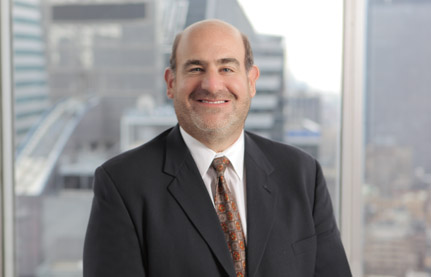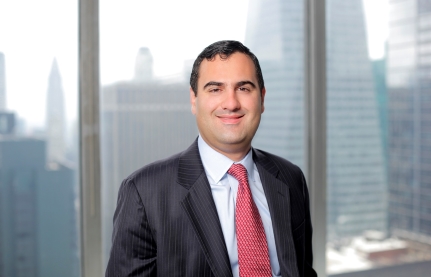September 2015
A "Saab" Story with a Happy Ending:
An Inside Look at the Saab Bankruptcy Case
Creditors often assume the worst when they hear that a company that owes them money filed "bankruptcy." They fear that their debt will be completely wiped out or that they will only collect pennies on the dollar. And while that is usually the result, a chapter 11 bankruptcy filing can often lead to creditors being paid a substantial portion of their debt.

The firm has been fortunate during the past four years to work on one such case and it's a story worth sharing. Unsecured creditors in the Saab Cars NA (SCNA) bankruptcy case recently received an interim distribution equal to 72 percent of their claims. By using the advantages provided by the bankruptcy system, creditors experienced a significant recovery despite the uncertainties presented by SCNA's downfall.
On December 19, 2011, SCNA's parent and the manufacturer of Saab vehicles, Saab Automobile AB (Saab AB), began liquidation proceedings in Sweden. The next day, unable to provide new vehicles or warranty coverage to customers, SCNA entered an out-of-court liquidation process in the United States. At that point, we represented the dealers. Unlike previous bankruptcy liquidations (GM, Chrysler, Suzuki, Daewoo) where the manufacturer remained in business, honored warranties and supported the dealers, Saab AB closed its doors and the 185 domestic Saab dealers were left without direction on how to liquidate their vehicle and parts inventory.

We tried selling SCNA's assets during the next six weeks to avoid filing a bankruptcy proceeding, but the lender tried to repossess SCNA's inventory of vehicles, and we soon realized that SCNA's informal liquidation would not benefit creditors. As a result, a group of U.S. Saab-brand dealers filed an involuntary Chapter 11 bankruptcy petition against SCNA in Delaware on January 30, 2012. At that point, the firm's representation broadened to include all creditors, not just dealers. Our strategy was to force SCNA into bankruptcy in order to control SCNA's liquidation in a manner that benefited the dealers and other general creditors. Once the bankruptcy was filed, SCNA's parent and its lender, who had no interest in maximizing the interest of their collateral beyond what they were owed, were no longer in the driver's seat.
After the case was filed, the creditors moved quickly to maximize the value of its "hard" assets, its vehicle and parts inventory. The bankruptcy system allows for asset sales, subject to higher offer. Because of this, and because of the other funds we recovered during 20 months in bankruptcy, there was about $21 million ultimately available to satisfy creditors' claims.
The next step was to settle with the lender (who was entitled to get paid before other creditors). This allowed the general creditors to access almost all of the $21 million and to exit the bankruptcy proceeding. A Liquidation Trustee was appointed and we represented him as well.
The final step was to resolve the $208 million in claims of the vehicle dealers and individual car owners. The dealers' claims were by far the largest because they were hurt the most by the SCNA bankruptcy filing. Unlike GM and Chrysler, when Saab AB stopped operating, the dealers lost the value of their vehicles and parts (who would buy a Saab car without a warranty or certainty the car could be serviced?) and the goodwill of the dealerships (who would buy a Saab dealership without new cars and warranty protection?).
We created a formula considering the dealers' losses, including the lost value of the vehicles the dealers had to "dump" after the bankruptcy filing, as well as the other losses they suffered, including the cost of real estate, parts depreciation and interest carry on their vehicles. We also had to value the losses suffered by over 500 customers who purchased vehicles before January, 2012 and had to repair their vehicles, but could no longer rely on warranty coverage. By the end of the claims review process, the claims were reduced to $29 Million. We made the 72% distribution in July and we are not finished collecting assets.
The SCNA bankruptcy case illustrates how bankruptcy can empower creditors and provide a cost-effective and predictable forum to satisfy their claims.
About the authors:
Eric Snyder is a Partner at Wilk Auslander, who has focused his practice around complex commercial creditor-debtor/landlord-tenant relationships for 25 years. He provides bankruptcy advice to corporations, landlords, creditors' committees, and bankruptcy trustees.
Eloy Peral is an Associate at Wilk Auslander, and works with trustees, creditors, creditors' committees, and debtors in a wide range of complex bankruptcy cases throughout the U.S.
Both are intimately involved in representing the liquidation trustee for the bankruptcy estate of Saab Cars North America, the largest vehicle franchisor to file bankruptcy and cease operations in American history. Wilk Auslander previously represented the Official Committee of Unsecured Creditors in the case.
